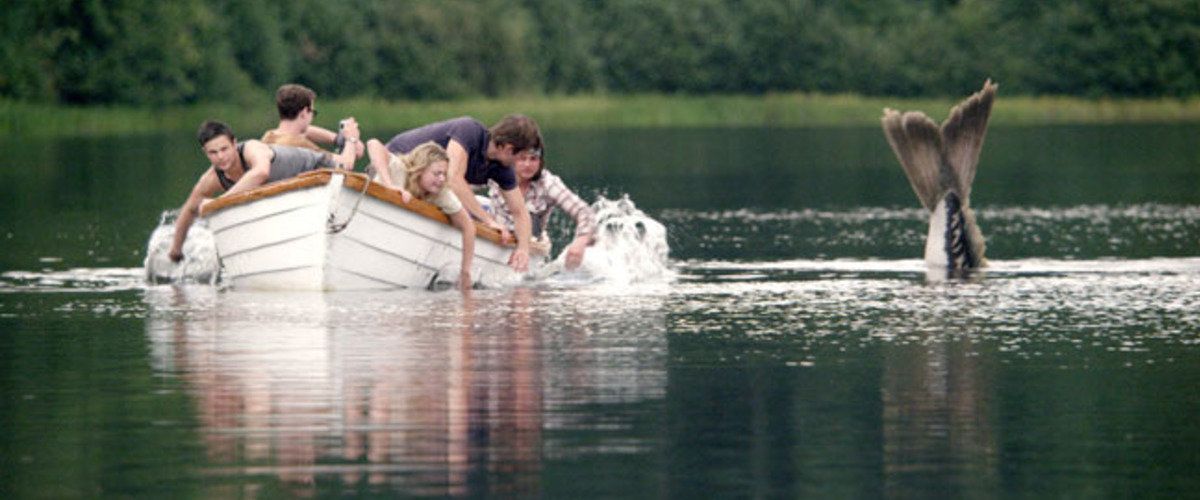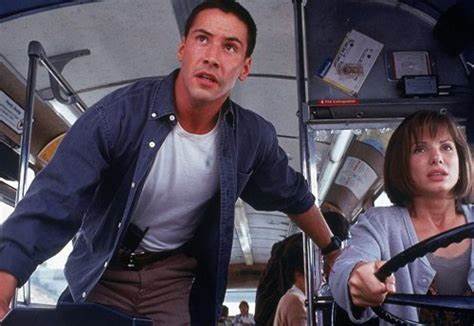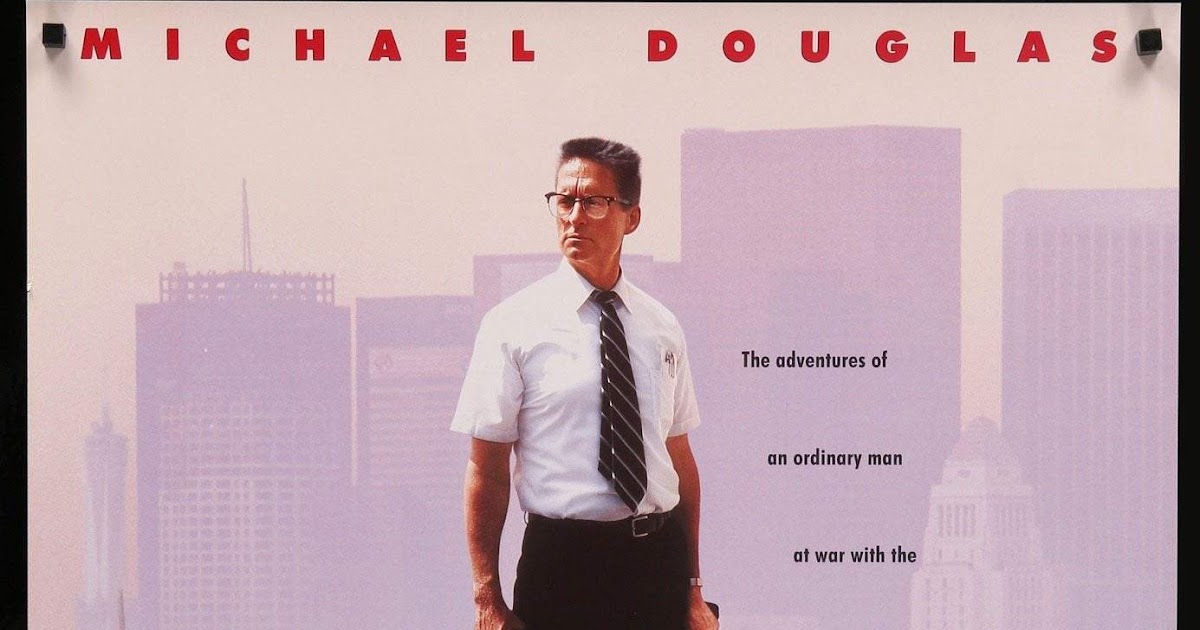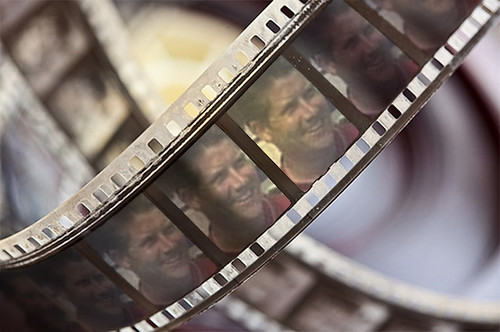
Hey there, film fanatics and casual movie watchers alike! Ever wonder what truly separates a good film from a masterpiece? What makes a movie not just enjoyable, but genuinely legendary? We’re about to take a deep dive into that very question, guided by the unparalleled insight of one of cinema’s most revered voices: Roger Ebert. He wasn’t just a critic; he was a titan, the first of his kind to snag a Pulitzer Prize for his work, and he had this incredible knack for sharing his passion in a way that just *clicked* with everyone. Before he was even a critic, he was a fan, and that pure love for film shone through every single one of his accessible and engaging reviews.
Just a year before he passed in 2013, Ebert decided to bless the British Film Institute’s popular Sight & Sound poll with his personal list of all-time favorite films. When a critic of his caliber makes a list like that, you know it’s cinematic gold. His selections weren’t just personal; they were often foundational, influencing how generations perceive storytelling and artistry on the big screen. We’re talking about movies that don’t just entertain, but challenge, inspire, and stick with you long after the credits roll.
But here’s the thing about art, especially film: it’s a vast, ever-evolving universe. While Ebert’s five greatest films are absolutely essential viewing, the conversation about cinematic greatness is always expanding. So, we’re going to build on that foundation, exploring a curated selection of 14 monumental films that, much like Ebert’s choices, have profoundly shaped the landscape of cinema, pushing boundaries, sparking conversations, and earning their rightful place in the pantheon of must-watch movies. Get ready for an epic journey through the magic of the silver screen!
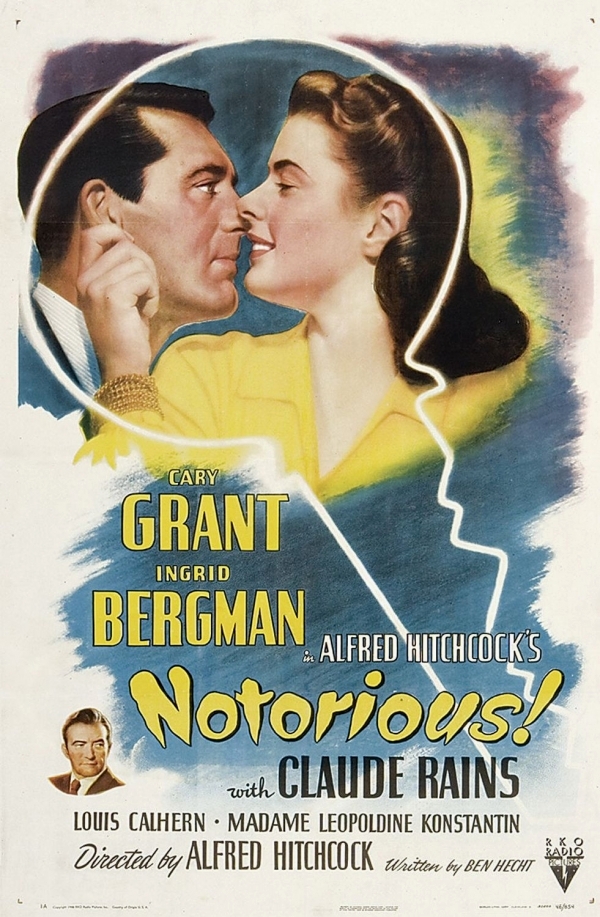
1. **Notorious (1946)**
First up on Roger Ebert’s personal roll call of greats is the 1946 classic, *Notorious*. This isn’t just any old spy thriller; it’s Alfred Hitchcock at his peak, a film that, as Ebert himself put it, “do[es] not date, that fascinate and amuse, that everybody enjoys and that shout out in every frame that they are by Hitchcock.” He dubbed Hitchcock “The Master,” a genius who played “the audience, he said, like a piano,” creating pure movies that endure long after the suspense fades.
Ebert held *Notorious* as his “favourite Hitchcock,” a dazzling pairing of screen legends Cary Grant and Ingrid Bergman, with Claude Rains as the tragic third corner. Bergman’s character agrees to seduce Rains, a Nazi spy, but Grant, misinterpreting her sacrifice as a “tawdry thing,” ironically proves her “notorious woman” status, while he himself plays a “rat.”
The emotional complexities are astounding. As Bergman is slowly poisoned, Grant tragically misreads her confusion as drunkenness. Meanwhile, the villain, Rains, becomes an unexpected object of sympathy, genuinely loving Bergman enough to “throw over all of Nazi Germany for her, probably — if he were not under the spell of his domineering mother.” It’s a masterclass in psychological tension and shifting allegences, pure cinema in every frame.
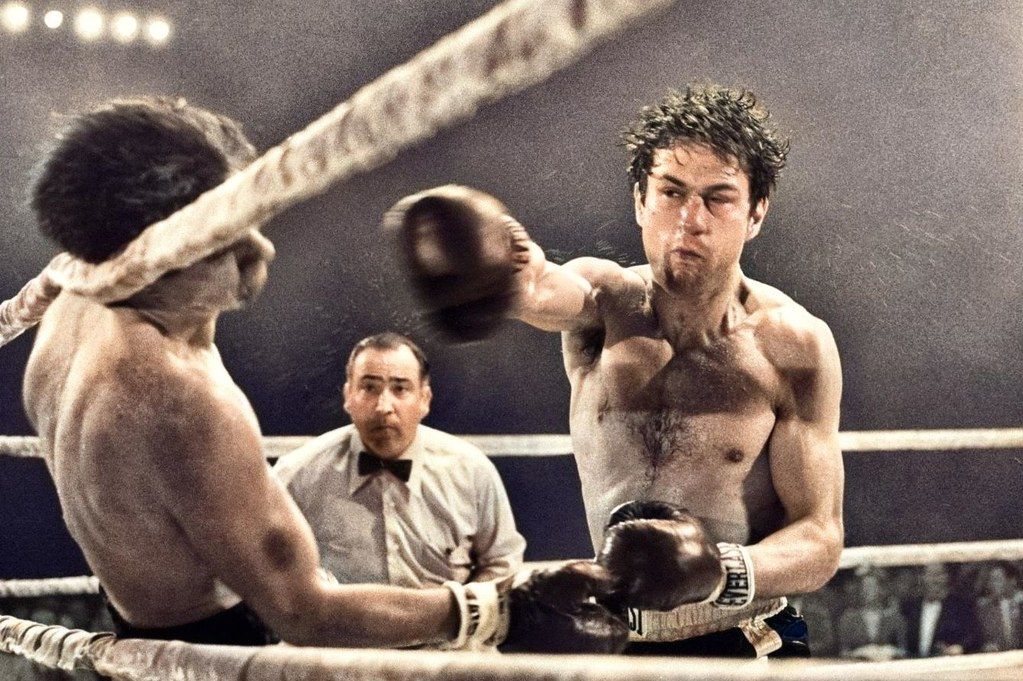
2. **Raging Bull (1980)**
Next on Ebert’s revered list is Martin Scorsese’s brutal yet beautiful masterpiece, *Raging Bull*. Ebert noted that while *Taxi Driver* was previously on his top 10, *Raging Bull* felt “a deeper and more confident film,” addressing “some of the same obsessions.” With Robert De Niro and Paul Schrader, the creative team explored “buried themes: A man’s jealousy about a woman, made painful by his own impotence, and expressed through violence.”
The film is legendary for its raw, unflinching portrayal of boxer Jake LaMotta’s self-destructive spiral. Ebert specifically highlighted a scene “two-thirds of the way through Raging Bull” as “movie acting as good as any ever put on the screen.” This pivotal moment unfolds in LaMotta’s living room, where a seemingly innocent interaction between his wife and brother sparks a terrifying descent into jealousy for De Niro’s character.
What follows is a chilling exchange where De Niro relentlessly quizzes his brother, played by Joe Pesci. The dialogue masterfully expresses “the inner twisting logic of his jealousy,” becoming truly “insidious.” De Niro’s character keeps talking, trapping Pesci, who “tries to run but can’t hide,” leading to a man helpless to destroy everyone who loves him. It’s a gut-wrenching performance, cemented in cinematic history.
Read more about: From Pennies to Piles: Unearthing the Dozen Low-Budget Films That Raked In 100 Times Their Cost

3. **The Third Man (1949)**
Journeying back in time, Ebert confessed that *The Third Man* holds a sacred spot, calling it “on the altar of my love for the cinema.” His first encounter with this gem was in “a little fleabox of a theater on the Left Bank in Paris, in 1962.” The film, a post-war noir set in Vienna, struck him with such profound sadness, beauty, and romance that “it became at once a part of my own memories — as if it had happened to me.”
The narrative unfurls with infinite poignancy, focusing on the failed writer Holly Martins (Joseph Cotten) and his unrequited love for the woman (Alida Valli) devoted to the “dead” — or is he? — Harry Lime (Orson Welles). Harry treats her horribly, yet her “idea of him” persists, a love neither he nor Holly can ever truly change. This complex web of affection and disillusionment against war-torn Vienna is utterly captivating.
Beyond the gripping story, the film is a visual feast, a triumph of cinematography and atmosphere. Ebert fondly recalled “the tense conversation on the giant ferris wheel,” the “giant, looming shadows at night,” and the “carnivorous faces” in bombed-out Vienna. And, of course, the electrifying moment “when the cat rubs against a shoe in a doorway, and Orson Welles makes the most dramatic entrance in the history of the cinema,” all underscored by the haunting music of a single zither.
Read more about: 12 Iconic Rides from Movies & TV That Drove Straight Into Our Hearts

4. **2001: A Space Odyssey (1968)**
Rounding out Roger Ebert’s personal pantheon is Stanley Kubrick’s monumental *2001: A Space Odyssey*, a film he hailed as one of “the great visionary experiences in the cinema.” This 1968 classic isn’t just sci-fi; it’s a philosophical odyssey. As Ebert articulated, “Film can take us where we cannot go. It can also take our minds outside their shells,” and *2001* does exactly that, transporting audiences into the depths of consciousness.
The film was undeniably “a landmark of special effects,” so incredibly convincing that “years later the astronauts, faced with the reality of outer space, compared it to ‘2001’.” Yet, its genius extends far beyond spectacle. It was also “a landmark of non-narrative, poetic filmmaking, in which the connections were made by images, not dialog or plot.” The iconic match cut, transforming an ape’s weaponized bone into a spaceship, perfectly symbolizes humanity’s technological leap.
The debates about the film’s “meaning” continue. Ebert argued that “surely the whole point of the film is that it is beyond meaning,” designed to take its character “to a place he is so incapable of understanding that a special room…has to be prepared for him there, so that he will not go mad.” *2001* “lyrically and brutally challenges us to break out of the illusion that everyday mundane concerns are what must preoccupy us.” It’s a profound “spiritual experience,” and as Ebert concludes, “all good movies are.”
Read more about: Unforgettable Movie Finales That Continue to Stir Controversy

5. **The Graduate (1967)**
Shifting gears from Ebert’s direct picks, but still very much a film that defines its era, we arrive at Mike Nichols’ indelible 1967 comedy of alienation, *The Graduate*. This is that “rare thing, a movie that really does define a generation,” and as the context states, “there has never been another movie like it.” It perfectly encapsulates the burgeoning counterculture and timeless youthful uncertainty.
Dustin Hoffman, with his “halting prickly-pear neurotic charisma,” became an instant star playing Ben, a clueless college graduate adrift. His unique combination of “hostility and passivity” resonated deeply, elevating him into a “culture hero” for a generation grappling with post-college existentialism. His affair with Anne Bancroft’s “deliriously blasé Mrs. Robinson” is legendary, a scandalous dynamic that still sparks conversation.
The film culminates in a famously unconventional romantic pursuit, with Ben stalking Mrs. Robinson’s daughter to her campus and dramatically interrupting her wedding by “screaming like a banshee.” It’s “an original romantic comedy” that brilliantly showcases “the new spirit of antisocial passion in a socially acceptable — and divinely infectious — way.” *The Graduate* is a cultural touchstone, its iconic Simon & Garfunkel soundtrack solidifying its place in history.
Read more about: Beyond Nostalgia: 14 Legendary Classic Cars That Deserve a High-Performance Comeback Today
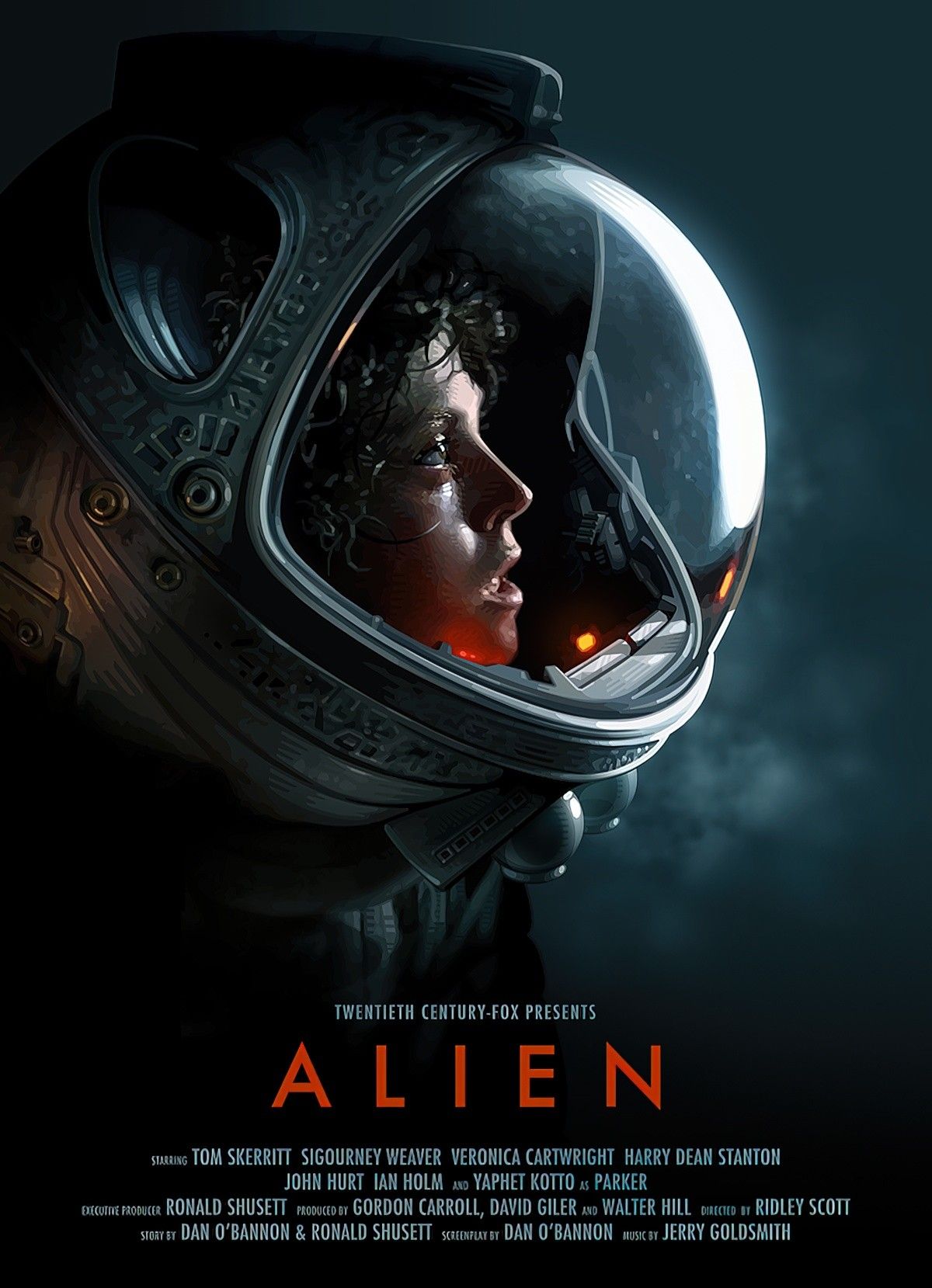
6. **Alien (1979)**
Prepare for a terrifying paradigm shift as we delve into Ridley Scott’s 1979 sci-fi horror masterpiece, *Alien*. This film wasn’t just scary; it “left audiences in a state of primal shock” and irrevocably altered the landscape of cinema, especially within the horror and science fiction genres, utilizing H.R. Giger’s imagery to create visceral nightmares.
The film’s genius lies in its relentless tension and unforgettable creature design. Who could forget “A smothering tentacled thingy attach[ing] itself to an astronaut’s face,” followed by the utterly horrifying moment when “an alien fetus erupts right out of his belly, and the cinema would never be the same”? It was a moment etched into collective consciousness, a visceral shock few films have replicated.
Scott masterfully crafted the film’s atmosphere, envisioning the spaceship, the Nostromo, “not in clean Kubrickian whites but in shades of murk that could speak to the film’s queasy fusion of the organic and the inorganic.” And then there’s Sigourney Weaver’s iconic portrayal of Ripley. As she “starts to take on the monster all by herself, a paradigm shift is born: the female action hero,” invested “with such fierce, industrious, yet tossed-off authority.”
Now, let’s keep that cinematic journey going strong! We’re diving even deeper into the glorious world of film, exploring seven more incredible movies that have truly left their mark on global cinema. From the nail-biting intensity of a single jury room to the heartwarming magic of an animated classic, and even a silent era epic that shaped filmmaking itself, get ready to unpack some seriously iconic flicks that continue to resonate with audiences today.
Read more about: Unforgettable Movie Finales That Continue to Stir Controversy
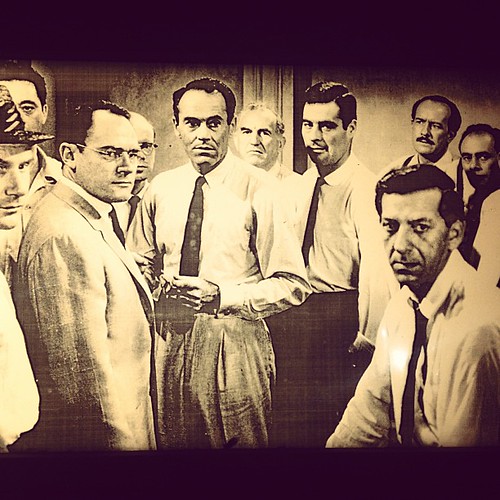
7. **12 Angry Men (1957)**
Talk about tension! Sidney Lumet’s *12 Angry Men* is an elemental, riveting courtroom drama that throws you right into the thick of it, all set within the confines of a single jury room. It’s a masterclass in how to craft gripping cinema with minimal setting, proving that sometimes, all you need is a fantastic script and incredible performances to keep an audience on the edge of their seats. The film explores the profound weight of responsibility and the intricate dance of human bias.
Henry Fonda leads the charge here, playing the lone juror who harbors doubts about a teenage defendant’s guilt. His character isn’t just questioning the evidence; he’s questioning the very human tendency to jump to conclusions. He “questions, cajoles and gradually convinces his fellow jurors to look more closely at the evidence,” embarking on a powerful, often frustrating, journey of deliberation and discovery. It’s a testament to the power of a single, thoughtful voice.
Lumet’s direction in this film is simply electrifying, especially in how he handles the back-and-forth dialogue among the jurors. The exchanges are so sharp, so impactful, that they become “almost like music,” building a relentless rhythm of argument and counter-argument. The brilliance of *12 Angry Men* lies in its ability to “find[] drama in discovering what America really is: a place where one man with an open mind can change the world.” It’s a timeless examination of justice, prejudice, and the human spirit’s capacity for change.
Read more about: Cinematic Icons: The 21 Blockbusters That Defined Cinema
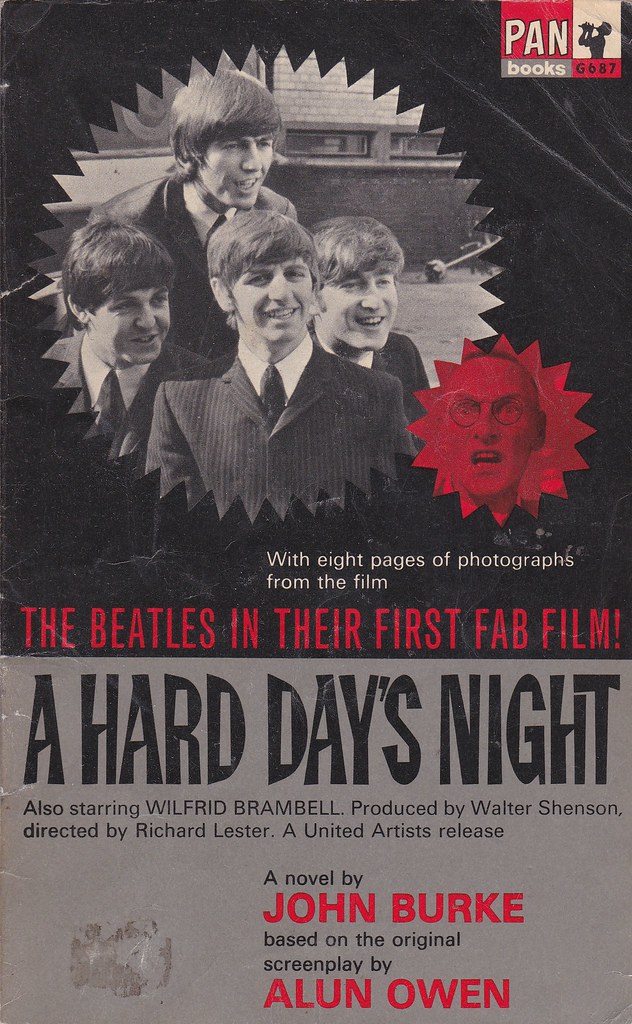
8. **A Hard Day’s Night (1964)**
Step right up and witness the ultimate rock ‘n’ roll experience with *A Hard Day’s Night*, heralded as “the most transportive rock ’n’ roll movie ever made.” Imagine capturing the sheer essence of Beatlemania at its peak, not as a staged event, but as a vibrant, authentic “day in the life of the Beatles as they really were.” Director Richard Lester harnessed cutting-edge film techniques, which, believe it or not, are still incredibly bracing and fresh even today.
This film is a glorious fusion of styles, feeling “like seeing a documentary, a postmodern backstage burlesque and a joyful early-Beatles musical all wrapped up into one black-and-white vérité rock reverie.” It perfectly distills the youthful energy, wit, and charisma that made the Beatles a global phenomenon. The black-and-white cinematography lends a raw, immediate quality that makes you feel like you’re right there, experiencing the whirlwind of their early fame.
The true beauty of *A Hard Day’s Night* is how the band members, with their “faces as beguiling as that of any movie star,” possessed “the instinctive showbiz wit to portray themselves as gods who’d swooped down on earth and were mingling with everyone else.” The “happy joke” of it all is that they manage to “suffuse every encounter with magic,” leaving an indelible impression on everyone they meet, and certainly on every viewer who watches this timeless classic.
Read more about: Joe Caroff, The Visionary Designer Behind James Bond’s Iconic 007 Logo and More, Dies at 103
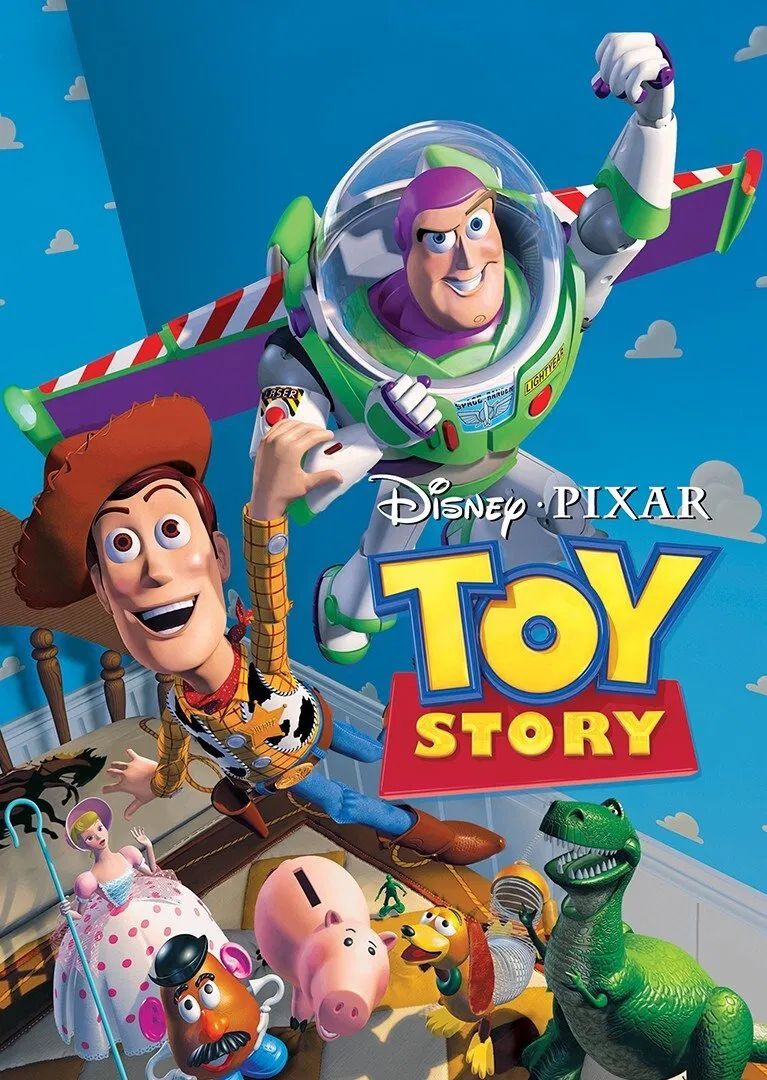
9. **Toy Story (1995)**
Hold onto your hats, because here’s a film that didn’t just break new ground; it created an entire new frontier in animation: *Toy Story*. Back in the early ’80s, director John Lasseter bravely tried to convince Disney to invest in CGI, only to be fired for his forward-thinking vision. Undeterred, he took his talents to Lucasfilm’s Graphics Group, which, through a twist of fate, was scooped up by Steve Jobs and rebranded as Pixar. What followed was nothing short of a revolution.
When Pixar finally released the world’s first fully computer-animated feature, the technology was still in its infancy. Engineers were still grappling with perfecting realistic human skin, feathers, or fur. So, what did they do? They leaned into the limitations, realizing that “practically every surface looked fake, like plastic.” This unexpected hurdle became a stroke of genius, making “a buddy comedy starring a bunch of toys ideal for the new medium.” It was the perfect canvas for their groundbreaking, yet still developing, animation style.
Sure, eventually we’d see incredible CGI bugs, fish, and monsters, and the technology continued to evolve, “liberating the heretofore hand-rendered form.” But even with all those advancements, the original *Toy Story* remains unsurpassed. Why? Because “great writing and voice work that, even more than the CGI, brought Woody, Buzz Lightyear and their pals to life.” It’s a heartwarming, hilarious, and utterly groundbreaking film that proved animation could be so much more.
Read more about: Tom Hanks’s Golden Age: A Deep Dive into 14 Genuine Masterpieces from His Illustrious Career

10. **The Shining (1980)**
Alright, buckle up, because we’re heading straight into one of the most chilling, mind-bending horror masterworks ever conceived: Stanley Kubrick’s *The Shining*. No offense to Stephen King, who famously has his reservations about Kubrick’s adaptation, but this film is an undeniable triumph, “encapsulating the filmmaker’s signature labyrinthine fixations” in a way that continues to terrify and fascinate audiences decades later. It’s a true cinematic nightmare.
Kubrick masterfully transforms the Overlook Hotel into its own character, a menacing entity stalked by a “snaky camera alongside an ear-splitting tricycle.” Every shot is meticulously crafted to build an atmosphere of unease, leading to spine-tingling moments like the hotel on the “brink of redrum with torrents of crimson blood.” This is a setting that isn’t just a backdrop; it’s a battleground for sanity itself, a truly unforgettable and deeply disturbing environment.
At the heart of this insidious nightmare is Jack Nicholson’s absolutely superb and maniacal portrayal of Jack Torrance, who experiences “the creepiest writer’s block in history.” His descent into madness is mesmerizing and terrifying, a performance that has become legendary in the annals of horror cinema. *The Shining* isn’t just a horror film; it’s a deep dive into psychological terror, leaving an indelible mark on anyone brave enough to watch it.
Read more about: Guess: Can You Name These 25 Iconic Films From Just One Picture?

11. **Le Samouraï (1967)**
Before Quentin Tarantino was even a twinkle in Hollywood’s eye, Jean-Pierre Melville was already the ultimate cinephile, deeply “obsessed about movies, admiring American directors and absorbing their codes.” When the restrictive French film industry wouldn’t let him direct in the early ’50s, Melville simply did it his way: he opened his own studio. This rebellious spirit not only allowed him to craft his vision but also inspired the nascent French New Wave and even later titans like John Woo.
Melville primarily focused on crime movies, taking the raw “essence of film noir from Hollywood and filtering it through his own streetwise sensibility.” And his chef d’œuvre? That would be *Le Samouraï*, featuring the iconic, stone-faced Alain Delon in “one of cinema’s most understated performances.” Delon plays a solitary hitman who finds himself entangled in a web of loyalty when an eyewitness pianist spares him from prison, creating a tense, morally ambiguous narrative.
The film is a masterclass in minimalist storytelling, marked by its “meticulous attention to procedural detail and long stretches of near silence.” It’s the very “essence of cool,” a stylish yet profoundly existential meditation on honor, solitude, and destiny. Melville’s unique blend of Hollywood genre tropes with his distinctly French, philosophical approach makes *Le Samouraï* a foundational text for anyone interested in crime cinema and its global influence.
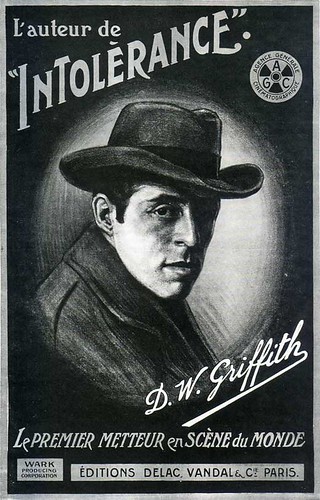
12. **Intolerance (1916)**
Journey back to the dawn of cinema with D.W. Griffith, a true pioneer who “did nothing less than build the ground floor of what filmmaking became.” He didn’t just direct; he invented “the nuts and bolts of visual storytelling,” doing so with breathtaking imaginative sweep. While his earlier film, *The Birth of a Nation*, was a “scandalous and morally toxic epic” that helped construct Hollywood on a foundation of racism, Griffith’s response to the ensuing outrage truly showcased his visionary heights.
That response was *Intolerance*, a film that defied expectations and pushed boundaries. This monumental three-and-a-half-hour parable boldly spans “2,000 years and told in four parts.” It’s an ambitious tapestry weaving together a modern saga of poverty and crime, the story of Jesus, the brutal St. Bartholomew’s Day Massacre, and the epic fall of the Babylonian empire, complete with magnificent elephants. It was an undertaking of unparalleled scale and ambition for its time.
*Intolerance* is truly “one of the most soul-boggling spectacles ever attempted” in cinema history. It’s a film that is at once “tender, hyperbolic, spellbinding and half-mad,” showcasing the full spectrum of human experience and the sheer power of cinematic spectacle. It stands as a testament to the early potential of film, containing “the glorious seeds of everything that movies could, and would, be,” profoundly influencing generations of filmmakers to come.
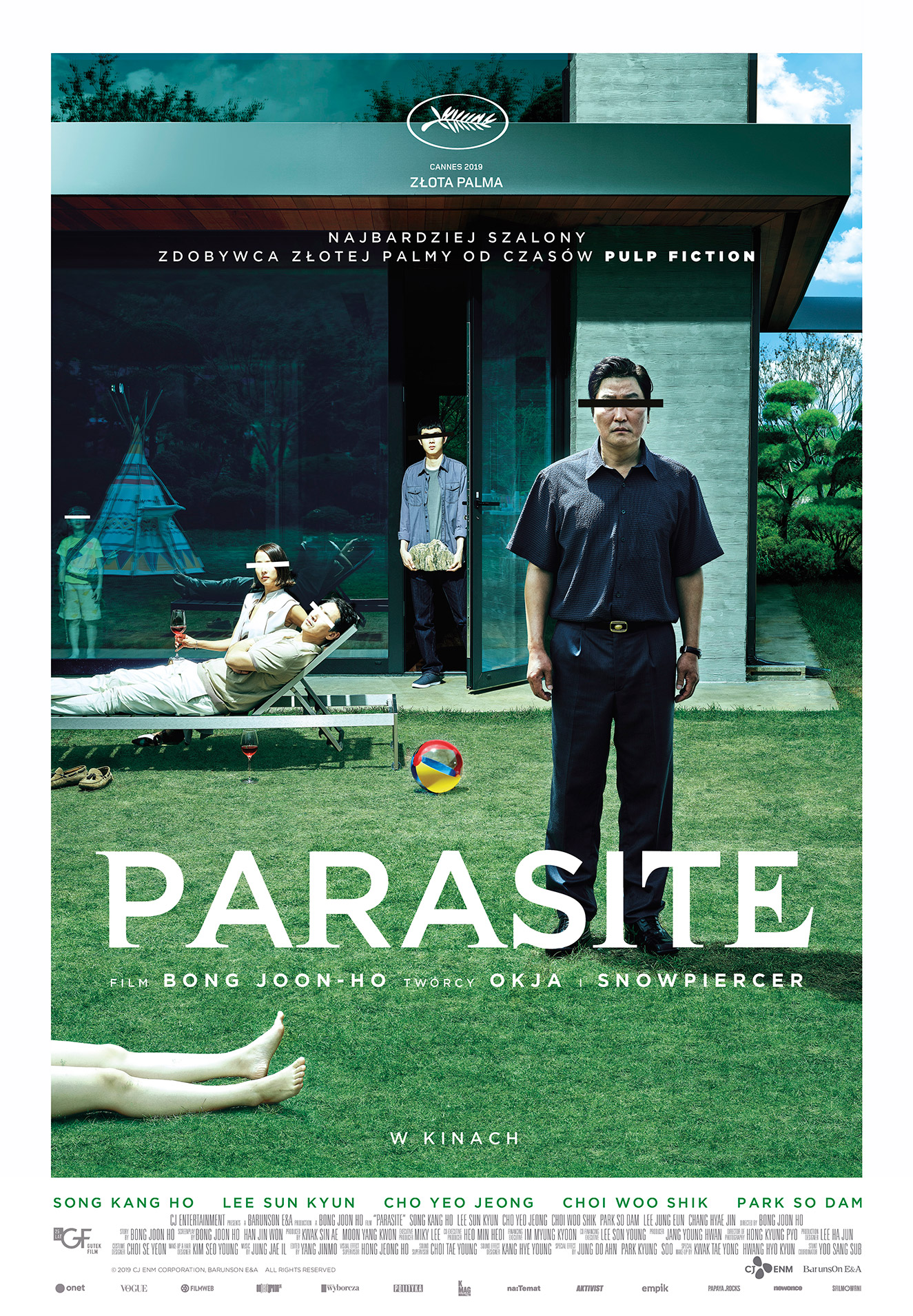
13. **Parasite (2019)**
And finally, we arrive at a modern masterpiece that rocked the cinematic world and made history at the Academy Awards: Bong Joon Ho’s *Parasite*. This thrilling, darkly comedic, and deeply poignant film sharply contrasts the lives of two families: “The wealthy Park family lives high on a hill; the broke Kims wallow below in the slums of Seoul, sometimes in sewer water up to their waists.” It’s a stark visual metaphor for the chasm of social inequality.
The film brilliantly explores the impossibility of “social mobility” in this stratified society. The only way for the poorer Kims to ascend from “their city’s literal bottom to its top” is to “lie, betray and even kill.” Yet, in a stroke of genius, Bong Joon Ho’s breakthrough best picture winner “refuses to make the Kims the villains,” instead deftly placing the blame squarely on the shoulders of the class system itself. It’s a narrative that forces you to confront uncomfortable truths.
*Parasite* isn’t just a phenomenal thriller; it’s a work that is both “pointed in its intentions and universal in its appeal.” Its groundbreaking success marked “a tipping point both in the global conversation about the one percent, and in the Academy Award’s sense of what kinds of films can seriously contend for the big prize.” It’s a film that resonates globally, sparking vital discussions about privilege, poverty, and the human cost of systemic inequality, proving that cinema can be both entertaining and profoundly impactful.
Read more about: 15 Must-See Movies You Can Stream on Crave Right Now
As we wrap up this epic journey through some of cinema’s most legendary films, it’s clear that the magic of movies isn’t just about escaping reality; it’s about seeing it in a new light, challenging our perspectives, and connecting us through shared stories. Whether it’s the raw emotion of a black-and-white classic, the innovative spirit of a CGI pioneer, or the biting social commentary of a modern thriller, each of these films holds a unique power. They remind us that the silver screen is more than just entertainment – it’s a vibrant, ever-evolving mirror reflecting our world, our dreams, and our deepest truths. So, grab some popcorn, because the next cinematic adventure is always just around the corner!

